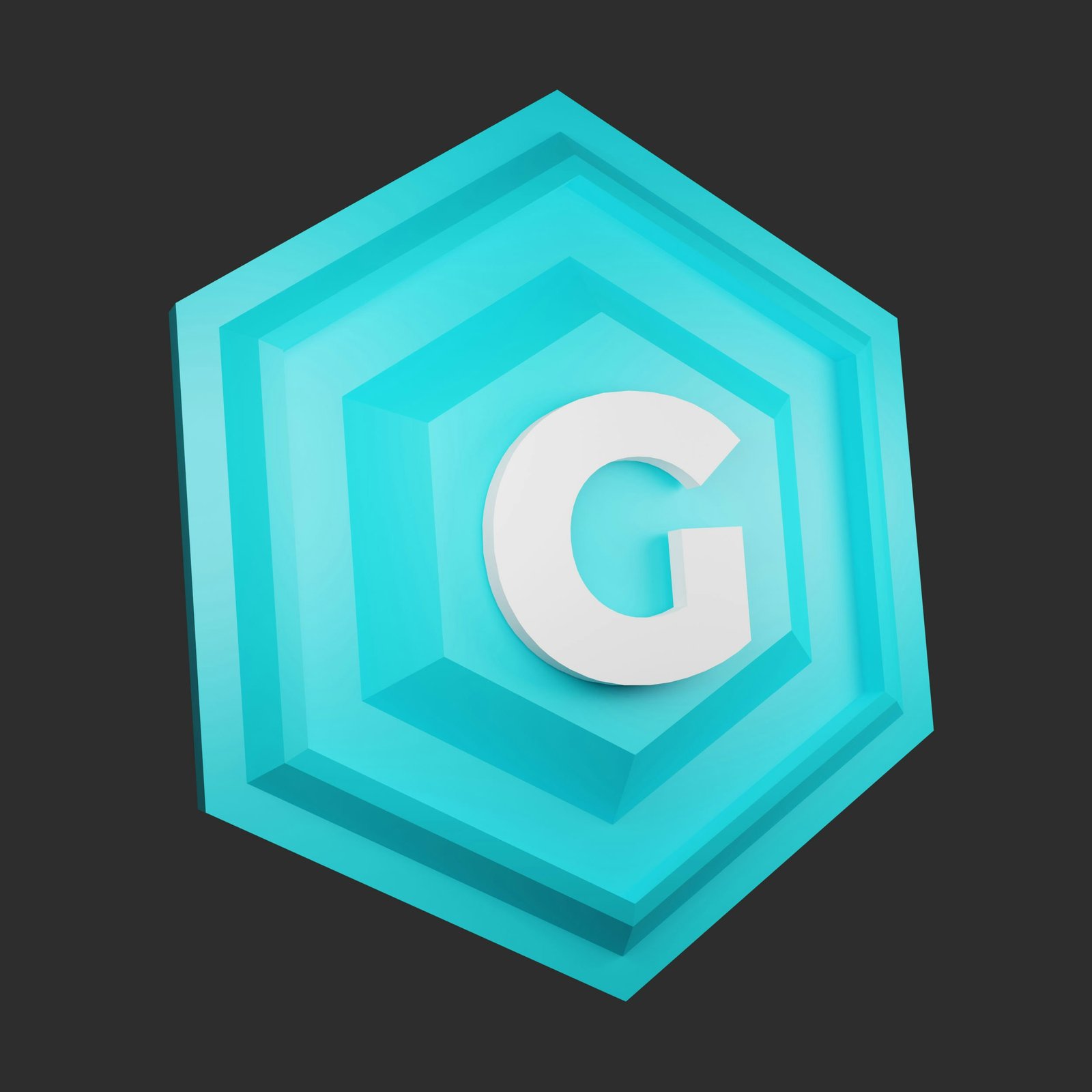Games
GameDev 2.0: How AI Is Reshaping Development Pipelines
From generating code to crafting quests, AI is no longer just a helper—it’s becoming a full collaborator in game development. Welcome to GameDev 2.0: the AI-augmented era.
🧩 What Is “GameDev 2.0”?
GameDev 2.0 refers to the evolution of traditional game development pipelines, now enhanced or partially automated by artificial intelligence. This shift isn’t just about productivity—it’s fundamentally changing how games are imagined, built, and scaled.
In 2025, AI touches nearly every layer of development:
| Layer | How AI Contributes |
|---|---|
| 🎨 Art & Animation | AI generates textures, concepts, motion capture |
| 🧠 Game Design | AI simulates player behavior, suggests mechanics |
| 🧾 Narrative | LLMs generate quests, lore, and dynamic dialogue |
| 🔧 Programming | AI assists or writes gameplay, UI, and network code |
| 🧪 QA & Testing | AI bots test builds, find bugs, and simulate play sessions |
🚀 Why Now? The Tech Behind the Shift
- Foundation Models like GPT-4 and Gemini have matured, offering high-quality text, image, and code generation.
- Generative Tools like Runway, Spline AI, and Scenario.gg enable high-speed prototyping for assets.
- Game Engines (Unity, Unreal Engine) are embedding AI tools directly into their editors.
- Smaller Teams are shipping bigger games—thanks to AI-assisted workflows.
🧠 Where AI Shows Up in the Pipeline
🎨 1. Art & Asset Creation
- Concept art generation via models like Midjourney or DALLE
- Texture upscaling with AI image restoration
- 3D model prototyping with tools like Meshy or Kaedim
- Animation cleanup using AI motion interpolation
🧾 2. Narrative & Dialogue
- LLMs generate quest lines, character backstories, and branching dialogue
- AI-driven localization enables instant multi-language support
- Procedural narratives allow infinite replay value with minimal writer effort
🔧 3. Programming & Scripting
- Tools like GitHub Copilot, Replit, and Codeium assist in writing gameplay logic
- AI agents generate boilerplate UI, physics setups, and even shader code
- In-editor copilots (Unity Muse, UE5 Verse AI) allow “prompt-to-feature” builds
🧪 4. Testing & QA
- AI bots simulate thousands of gameplay hours in minutes
- Dynamic playtesting scenarios identify design edge cases
- LLMs write and update test scripts and documentation
📊 5. Player Modeling & Game Design
- AI learns from telemetry to simulate player choices
- Helps balance games for fun, retention, and difficulty
- Adaptive design allows games to shift dynamically for each player profile
🔄 A Day in the Life: GameDev 2.0 vs GameDev 1.0
| Task | Traditional | GameDev 2.0 |
|---|---|---|
| Build UI Menu | Designer → Dev → QA | Designer prompts AI: “Build pause menu with resume + settings” |
| Create Dialogue Tree | Writer + Scripter | LLM generates 10 versions based on tone + story arc |
| Animate Walk Cycle | Mocap + Cleanup | AI interpolates animation from one pose |
| Level Balancing | Manual tweak + playtest | AI simulates 1000 player runs and auto-adjusts spawn rates |
💼 Studio Size Doesn’t Matter (As Much)
🧑💻 Indie Teams
- 1–3 people can now build a game once only possible for studios of 30
- Faster iteration, easier scope management, and broader platform releases
🏢 AAA Studios
- Use AI for version control, real-time voice dubbing, mass world generation
- Hiring more AI tool designers than traditional tech artists
⚠️ Challenges & Ethical Considerations
| Concern | Risk |
|---|---|
| 🎭 Originality | Overreliance on AI leads to generic or derivative content |
| 🔐 IP Theft | Training data from copyrighted material raises legal questions |
| 🤖 Job Impact | Artists, writers, and testers face workflow displacement |
| 🎯 Control | Balancing AI-generated content with authorial vision is tricky |
| ⚖️ Bias & Safety | LLMs can introduce tone or behavior unintended by devs |
🔮 What’s Next for GameDev 2.0?
- Real-Time Co-Development
Devs and AI systems work together live in-engine via voice or text prompts. - AI NPCs with Memory & Emotion
LLM-driven characters who grow, lie, and remember your choices. - Procedural Games That Write Themselves
Not just content—but systems, quests, and worlds generated on the fly. - “No-Code to Full Game” Platforms
Drag + prompt + test = full-featured game without touching a codebase. - Cloud-Based Dev Assistants
Like ChatGPT, but trained specifically on your game, lore, and engine.








